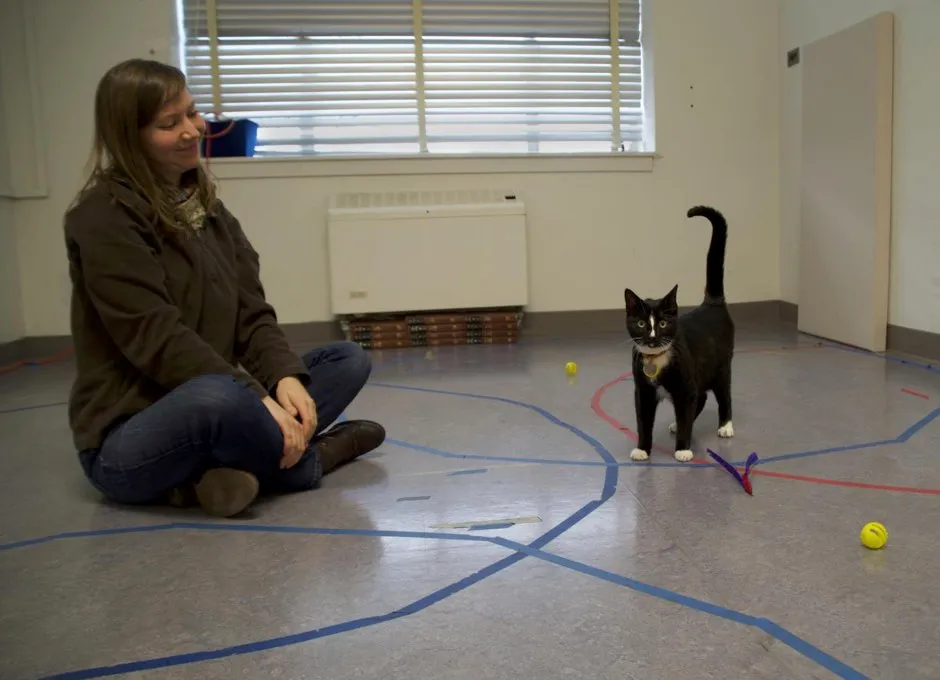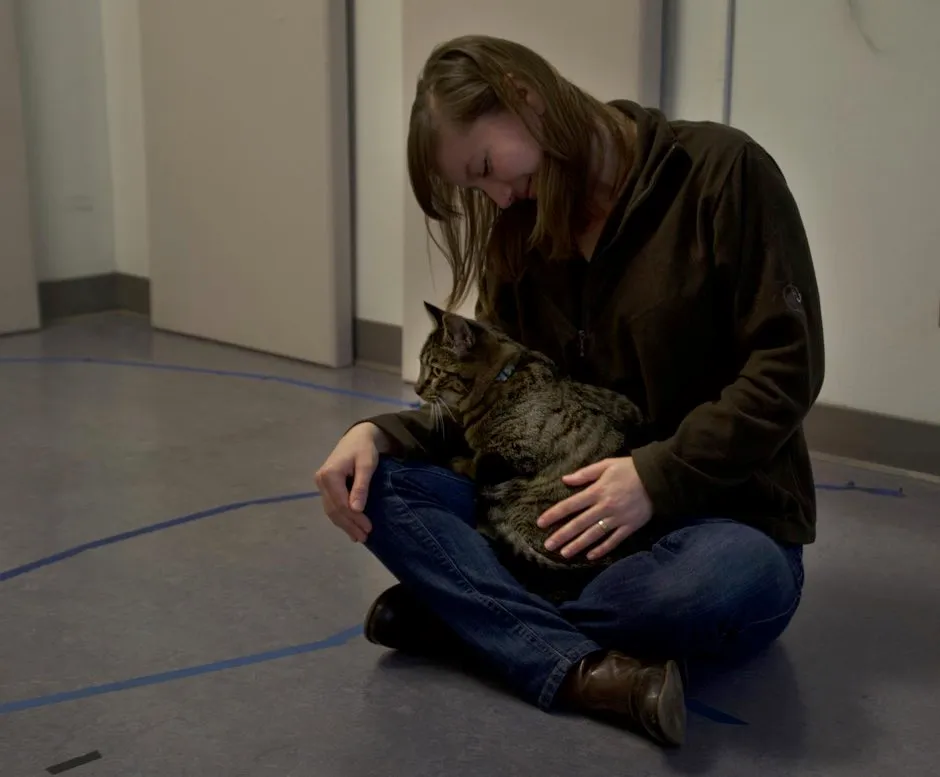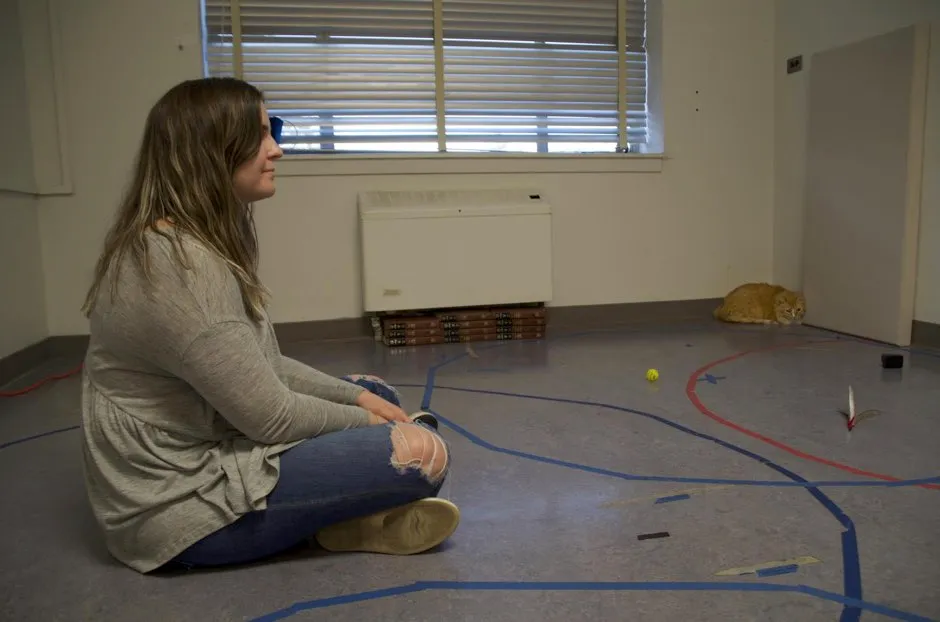Dogs are a man's best friends, and cats merely tolerate us when we give them food - or so people often say.
Researchers at Oregon State University, though, have found our feline friends might not be as aloof as we once thought. Cats frequently form strong emotional bonds with their human caregivers in a similar manner to dogs and infants, they say.
Read more about cats:
Previous studies have shown that both babies and dogs exhibit one of three possible types of attachment to caregivers: secure, avoidant-insecure, or ambivalent-insecure.

When placed in an unfamiliar environment with their caregivers those with a ‘secure attachment’ feel safe and comfortable enough to explore, those with an avoidant attachment don’t feel safe and keep their distance from caregivers, while those with an ambivalent attachment stay close to and demand attention from their caregivers but still not feel comfortable.
The team had over 100 cats and their owners each spent two minutes together in an unfamiliar room before being separated for two minutes and then finally reunited – a test commonly used to evaluate bonding in humans, primates, and dogs.

They found that 65 per cent of the cats displayed secure attachment behaviour, with the majority of the insecure cats displaying ambivalent behaviour. This is comparable to behaviour seen in human infants and dogs, they say.
The team also found that once an attachment style had been established between the cat and its caregiver, whether this was a close bond or an indifferent attitude, it was unlikely to change over time. An ambivalent kitten appeared to remain so, even after weeks of training, for example.

They are now exploring how the finding could help the thousands of cats and kittens that end up in rehoming centres.
"We're currently looking at several aspects of cat attachment behaviour, including whether socialisation and fostering opportunities impact attachment security in shelter cats," said Kristyn Vitale, one of the researchers at the university.
Follow Science Focus onTwitter,Facebook, Instagramand Flipboard
